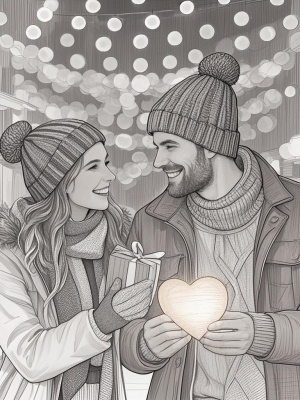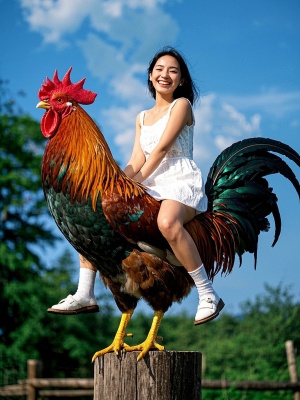The Captivating World of Abstract Portraiture Art
Introduction: Redefining Human Representation
Abstract portraiture art stands at the fascinating intersection of human representation and artistic freedom. Unlike traditional portraiture that aims for realistic depiction, abstract portraits distill the essence of their subjects through unconventional forms, colors, and compositions. This genre has gained tremendous popularity in contemporary art circles, with many artists exploring abstract portrait techniques in their galleries.
The Evolution of Abstract Portraiture
From Cubism to Digital Age
The roots of abstract portraiture trace back to early 20th century movements like Cubism and Expressionism. Pioneers like Picasso and Modigliani broke away from realistic representation, instead focusing on:

- Geometric fragmentation of facial features
- Emotional intensity over physical accuracy
- Experimental color palettes
Today, modern artists combine traditional methods with AI painting techniques to push boundaries further. The digital revolution has introduced tools that allow for unprecedented experimentation with form and texture.

Key Characteristics of Abstract Portraits
Distinctive Elements That Define the Genre
Abstract portraiture distinguishes itself through several defining features:
- Simplification of forms: Reducing facial features to basic shapes and lines
- Color symbolism: Using non-naturalistic colors to convey emotion
- Texture experimentation: Incorporating mixed media and digital effects
- Perspective distortion: Playing with proportions and viewpoints
Creating Abstract Portraits: Techniques and Approaches
Traditional vs. Digital Methods
Artists employ various techniques to create compelling abstract portraits. Traditional methods include:
- Brushwork that emphasizes gesture over detail
- Collage techniques combining multiple materials
- Experimental mark-making tools
Digital artists leverage tools like AI image transformation to generate unique interpretations. Many contemporary artists blend both approaches, scanning traditional works and enhancing them digitally.
The Psychology Behind Abstract Portraiture
Why Abstract Faces Captivate Us
Research in neuroaesthetics reveals why abstract portraits hold such power:
- The human brain naturally seeks faces, even in abstract forms
- Incomplete representations trigger our imagination to "fill in" details
- Non-realistic colors can evoke stronger emotional responses
This psychological dimension makes abstract portraiture particularly effective for conveying complex emotional states and conceptual ideas about identity.
Conclusion: The Enduring Appeal of Abstract Faces
Abstract portraiture continues to evolve as one of the most dynamic art forms today. By transcending literal representation, it offers artists unlimited possibilities for creative expression while challenging viewers to engage more deeply with the artwork. Whether created through traditional media or AI art techniques, abstract portraits remind us that human identity is far more complex than surface appearances suggest.
For those interested in exploring this fascinating genre further, many contemporary galleries feature stunning examples of abstract portraiture that showcase the incredible diversity within this artistic approach.
